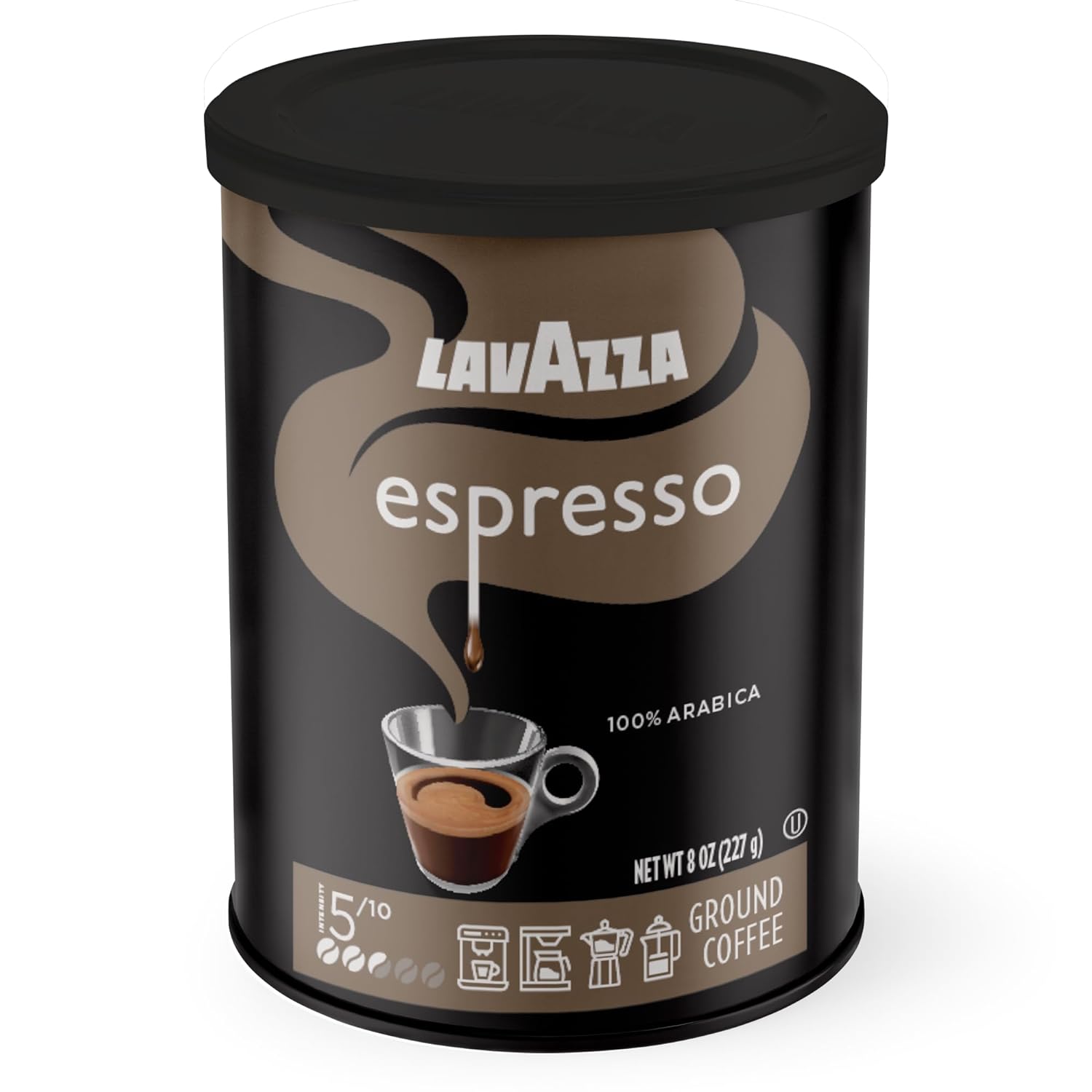







Price: $36.99
(as of Apr 06, 2025 23:40:56 UTC - Details)
What's the Best Espresso Coffee? A Comprehensive Guide to Finding Your Perfect Brew
Introduction
If you're a coffee lover, you've probably asked yourself, "What's the best espresso coffee?" With so many options available, it can be overwhelming to choose. Whether you're a casual drinker or a dedicated barista, understanding the nuances of espresso can help you make an informed decision. This guide will explore various factors that contribute to the best espresso experiences, from the type of beans to the brewing process. By the end, you'll know exactly what to look for when searching for your ideal cup of espresso.
1. Understanding Espresso Coffee
What is Espresso?
Espresso is a concentrated coffee brewed by forcing hot water through finely-ground coffee beans. Unlike regular coffee, which is brewed using a drip or pour-over method, espresso is made under pressure. This unique brewing technique results in a rich, bold flavor and a creamy texture. When asking, "What's the best espresso coffee?" it’s crucial to understand that the quality of the beans and the brewing method significantly impact the final product.
The Importance of Bean Quality
When it comes to espresso, the quality of the beans is paramount. High-quality Arabica beans are often favored for their sweetness and complexity, while Robusta beans can provide a stronger, more bitter flavor. Look for beans that are fresh and sourced from reputable roasters. This can make a world of difference in your espresso experience.
2. Choosing the Right Beans
Single Origin vs. Blends
When selecting espresso beans, you'll encounter two main types: single origin and blends. Single-origin beans come from one specific region, providing unique flavors that reflect their terroir. On the other hand, blends combine beans from various regions to create a balanced flavor profile. If you’re wondering, "What’s the best espresso coffee?" consider trying both types to see which one suits your palate best.
Roast Level Matters
The roast level of your beans can also influence the taste of your espresso. Light roasts tend to have brighter acidity and fruity notes, while dark roasts offer a bolder, more robust flavor. For many espresso enthusiasts, medium roasts strike the perfect balance. Experiment with different roast levels to find what you enjoy most.
3. Grinding Your Beans
The Right Grind Size
One key to a great espresso is the grind size. Espresso requires a fine grind to ensure proper extraction. If your grind is too coarse, your coffee may taste weak and watery. Conversely, a grind that's too fine can result in a bitter flavor. Invest in a good burr grinder to achieve a consistent grind size, which is essential for brewing the best espresso.
Grinding Fresh for Best Results
Freshly ground coffee beans deliver the best flavor. Coffee begins to lose its freshness almost immediately after grinding, so it's best to grind just before brewing. This small step can make a significant difference in the quality of your espresso.
4. Brewing Techniques
Using an Espresso Machine
While you can brew espresso using various methods, an espresso machine is the gold standard. These machines are designed to create the pressure needed for espresso extraction. When asking, "What’s the best espresso coffee?" consider investing in a quality machine that fits your budget and brewing style.
Manual Espresso Makers
If you prefer a hands-on approach, manual espresso makers can be a fun alternative. These devices allow you to control every aspect of the brewing process. While they may require more effort, the resulting espresso can be incredibly rewarding.
5. Mastering the Art of Extraction
The Perfect Brew Time
The extraction time is crucial for a great espresso. Generally, espresso should be brewed in about 25-30 seconds. If it takes too long, your coffee may taste bitter; if it's too short, it may be sour. Timing your brew can help you achieve a well-balanced shot.
Understanding the Crema
Crema is the golden layer of foam that forms on top of a well-brewed espresso. This layer is a sign of a good extraction and adds to the overall flavor and aroma. When sipping your espresso, take a moment to appreciate the crema—it’s an essential part of the experience.
6. Enhancing Your Espresso Experience
The Role of Water Quality
Water quality can greatly affect the taste of your espresso. Always use filtered water to avoid unwanted flavors that can come from tap water. The ideal water temperature for brewing espresso is around 195-205°F (90-96°C). Proper water temperature ensures optimal extraction, enhancing the overall flavor of your brew.
Experimenting with Milk and Flavorings
If you enjoy lattes or cappuccinos, consider the type of milk you use. Whole milk provides a creamy texture, while alternatives like almond or oat milk can offer unique flavors. Additionally, experimenting with syrups and spices can elevate your espresso experience. Don't be afraid to get creative!
Conclusion
Finding the best espresso coffee is a journey that involves understanding the different elements of brewing and tasting. From the quality of the beans to the grind size and brewing techniques, each factor plays a vital role in your espresso experience. By keeping these tips in mind, you’ll be well on your way to brewing the perfect cup of espresso. Remember, the best espresso is the one that brings you joy, so don't hesitate to explore and experiment until you find your ideal brew. Happy brewing!
LAVAZZA ESPRESSO: A 8 oz ground coffee tin ideal for espresso and drip preparation. (Pack of 4)
INTENSITY AND ROAST: With a 5/10 intensity, this fragrant medium roast offers a sweet and aromatic finish
BLEND: A 100% Arabica, naturally caffeinated blend sourced from South America and Africa
AROMATIC NOTES: Florals and fruit
PREPARATION: Ideal for espresso machines, moka pot, drip coffee machines, or French press.
